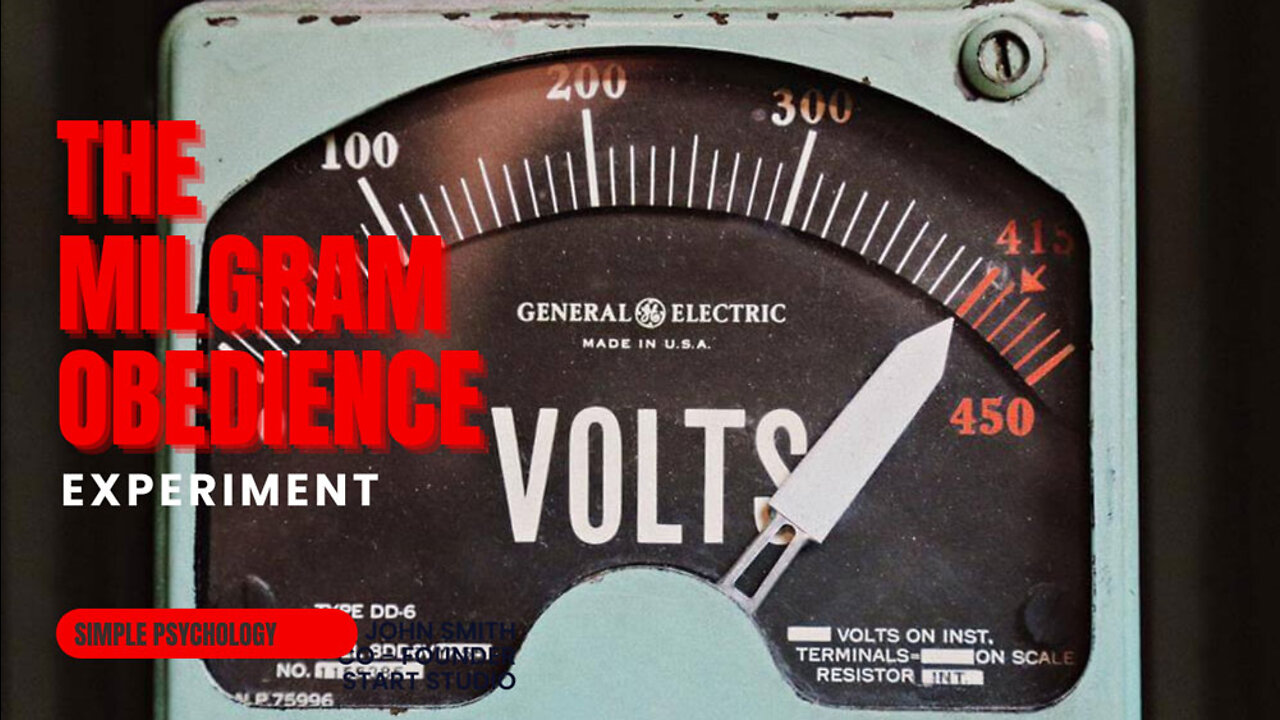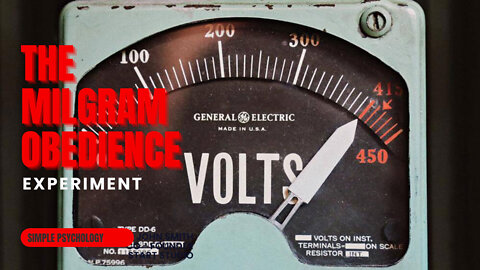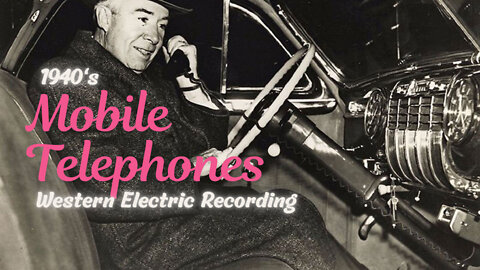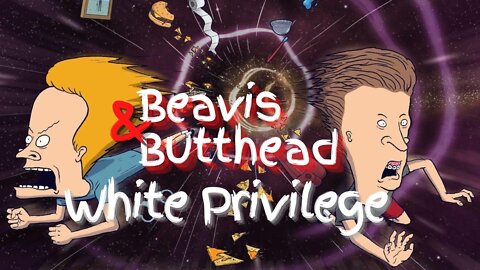Premium Only Content

a meandering mesh of miscellaneous uncertainty twisted in a winding web of morass
The Milgram Obedience Experiment: Jaw-Dropping Sheeple Psychology
1940's Mobile Phone Broadcast by Western Electric - Recorded 80 Years Ago!
Otherworldly Sounds - Skating On Thin, Black Ice
Time-Travelling Ghost Train Never Arrives At Destination
Are Americans Indentured Employees of the U.S. Corporation?
Moving Past Fear-Based Politics & Into A Badass Paradigm
Zeitgeist [The Movie] Power Structure Misninformation
An Orderly Existence -
We Have White Privilege?
Cringe Behavior Considered 'Normal' During WWII
How to safely rehabilitate zombies back into society (awesome animation!)
[Tweet Tweet] The Very Beginning To The Absolute End
NYC Nuclear Preparedness PSA - a scene of ridiculousness!
Experience The Flytanic: A Futuristic Hotel Above the Clouds
Your Rights Are A Deceptive Illusion Disguised As An Hallucination
Our Unrelenting Quest for Happiness Is Told in 4 Minutes and 16 Seconds
The Milgram Obedience Experiment: Jaw-Dropping Sheeple Psychology
Milgrams Experiment on Obedience to Authority
Gregorio Billikopf Encina
University of California
Why is it so many people obey when they feel coerced? Social psychologist Stanley Milgram researched the effect of authority on obedience. He concluded people obey either out of fear or out of a desire to appear cooperative--even when acting against their own better judgment and desires. Milgram�s classic yet controversial experiment illustrates people's reluctance to confront those who abuse power. It is my opinion that Milgram's book should be required reading (see References below) for anyone in supervisory or management positions.
Milgram recruited subjects for his experiments from various walks in life. Respondents were told the experiment would study the effects of punishment on learning ability. They were offered a token cash award for participating. Although respondents thought they had an equal chance of playing the role of a student or of a teacher, the process was rigged so all respondents ended up playing the teacher. The learner was an actor working as a cohort of the experimenter.
"Teachers" were asked to administer increasingly severe electric shocks to the "learner" when questions were answered incorrectly. In reality, the only electric shocks delivered in the experiment were single 45-volt shock samples given to each teacher. This was done to give teachers a feeling for the jolts they thought they would be discharging.
Shock levels were labeled from 15 to 450 volts. Besides the numerical scale, verbal anchors added to the frightful appearance of the instrument. Beginning from the lower end, jolt levels were labeled: "slight shock," "moderate shock," "strong shock," "very strong shock," "intense shock," and "extreme intensity shock." The next two anchors were "Danger: Severe Shock," and, past that, a simple but ghastly "XXX."
In response to the supposed jolts, the "learner" (actor) would begin to grunt at 75 volts; complain at 120 volts; ask to be released at 150 volts; plead with increasing vigor, next; and let out agonized screams at 285 volts. Eventually, in desperation, the learner was to yell loudly and complain of heart pain.
At some point the actor would refuse to answer any more questions. Finally, at 330 volts the actor would be totally silent-that is, if any of the teacher participants got so far without rebelling first.
Teachers were instructed to treat silence as an incorrect answer and apply the next shock level to the student.
-
 16:25
16:25
The Aquarius Bus
16 days agoSalt Lake City, Utah. 1860. Built or Found? Again, where are the people?
6515 -
 2:27:45
2:27:45
The Charlie Kirk Show
8 hours agoTHOUGHTCRIME: Project 2025 Edition
282K157 -
 12:49
12:49
Megyn Kelly
12 hours agoMegyn Kelly Details Biggest Losers of the 2024 Election, From Taylor Swift to The Lincoln Project
79.7K111 -
 4:04:19
4:04:19
Alex Zedra
7 hours agoLIVE! Gun Grinding CoD
66.3K6 -
 1:39:16
1:39:16
Professor Nez
7 hours ago🚨America is WINNING! TRUMP Has DONE MORE in 2 Days Than Kamala her ENTIRE Career!
41.1K37 -
 1:35:41
1:35:41
DeVory Darkins
7 hours agoLefties, Liberals, Democrats LOSING IT! The 2024 Post-Election Reaction LIVESTREAM
66.2K71 -
 1:21:04
1:21:04
Man in America
12 hours ago🔴 LIVE: Trump's Plan to "SHATTER THE DEEP STATE" Revealed!
91K20 -
 3:22:23
3:22:23
a12cat34dog
8 hours agoTHIS GAME WAS WORTH THE WAIT :: Metro Awakening :: VR GAMING AT IT'S FINEST {18+}
55.5K2 -
 1:19:06
1:19:06
Real Coffee With Scott Adams
7 hours agoConversation with Naval Ravikant
53.7K12 -
 5:06:48
5:06:48
JdaDelete
9 hours ago $14.04 earnedProject Zomboid with the Boys | Off-Season | Expanded Map
90.8K







![Zeitgeist [The Movie] Power Structure Misninformation](https://1a-1791.com/video/s8/1/u/8/v/H/u8vHe.oq1b.2-small-Zeitgeist-The-Movie-Power-S.jpg)




![[Tweet Tweet] The Very Beginning To The Absolute End](https://1a-1791.com/video/s8/1/J/l/-/T/Jl-Te.oq1b.2-small-Tweet-Tweet-The-Very-Beginn.jpg)



